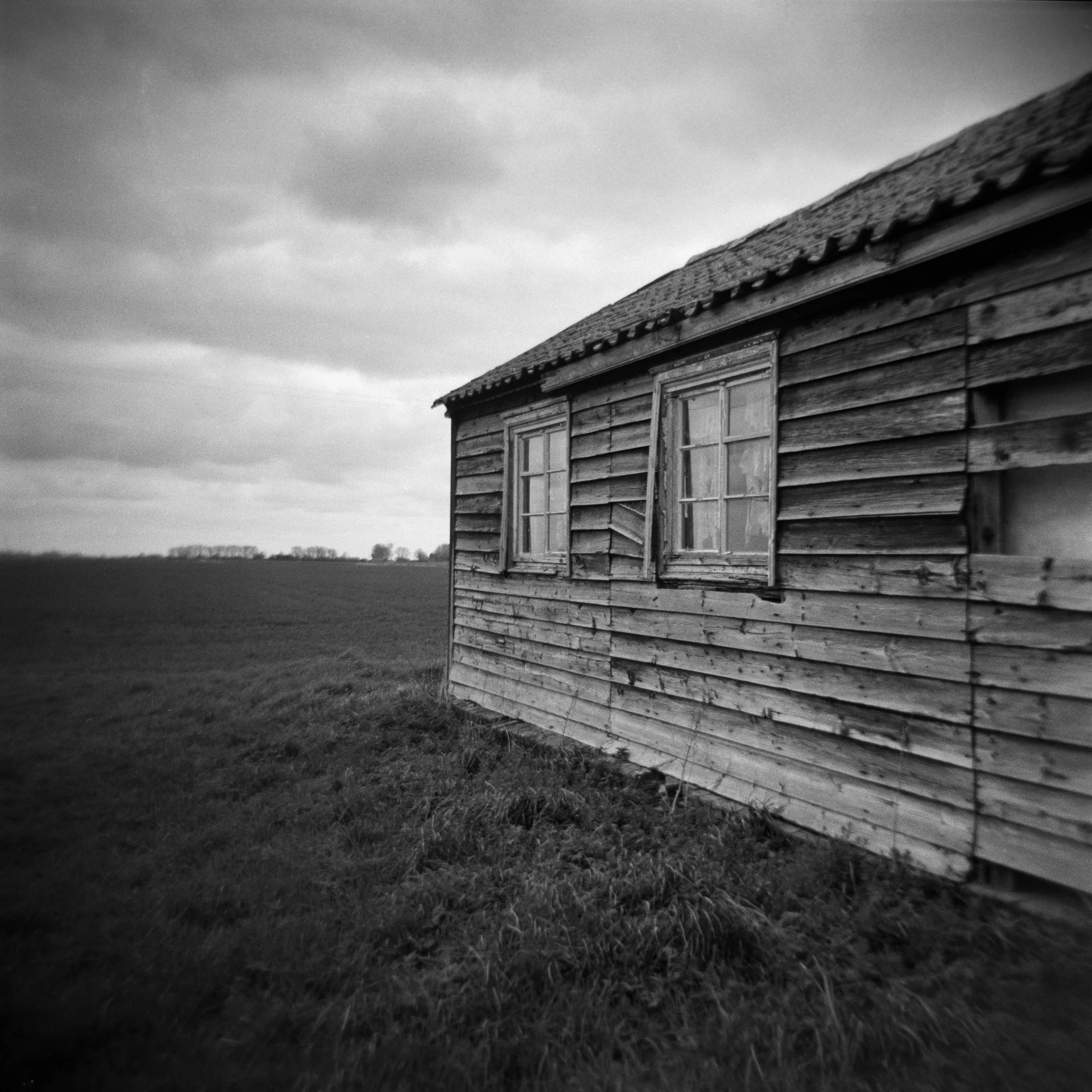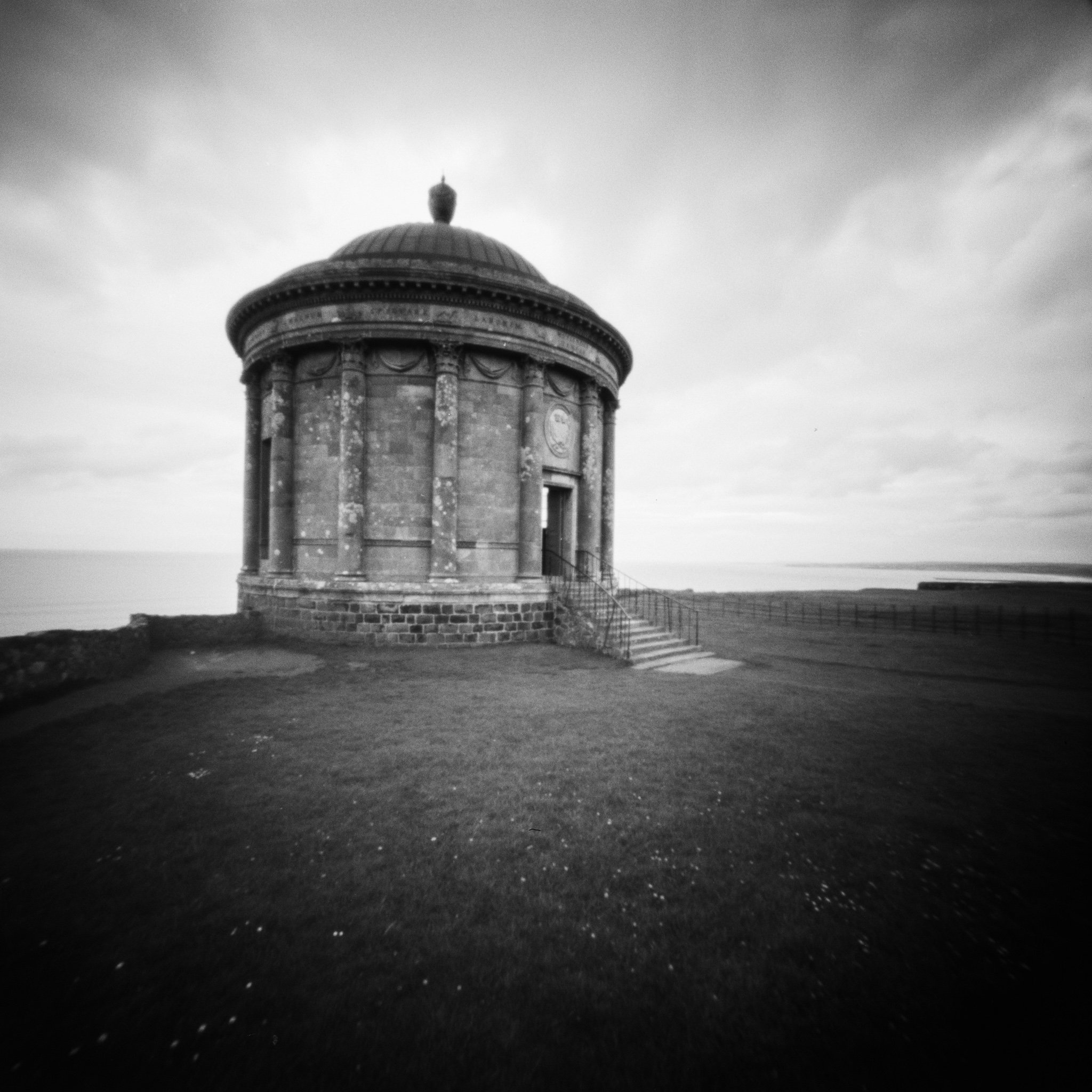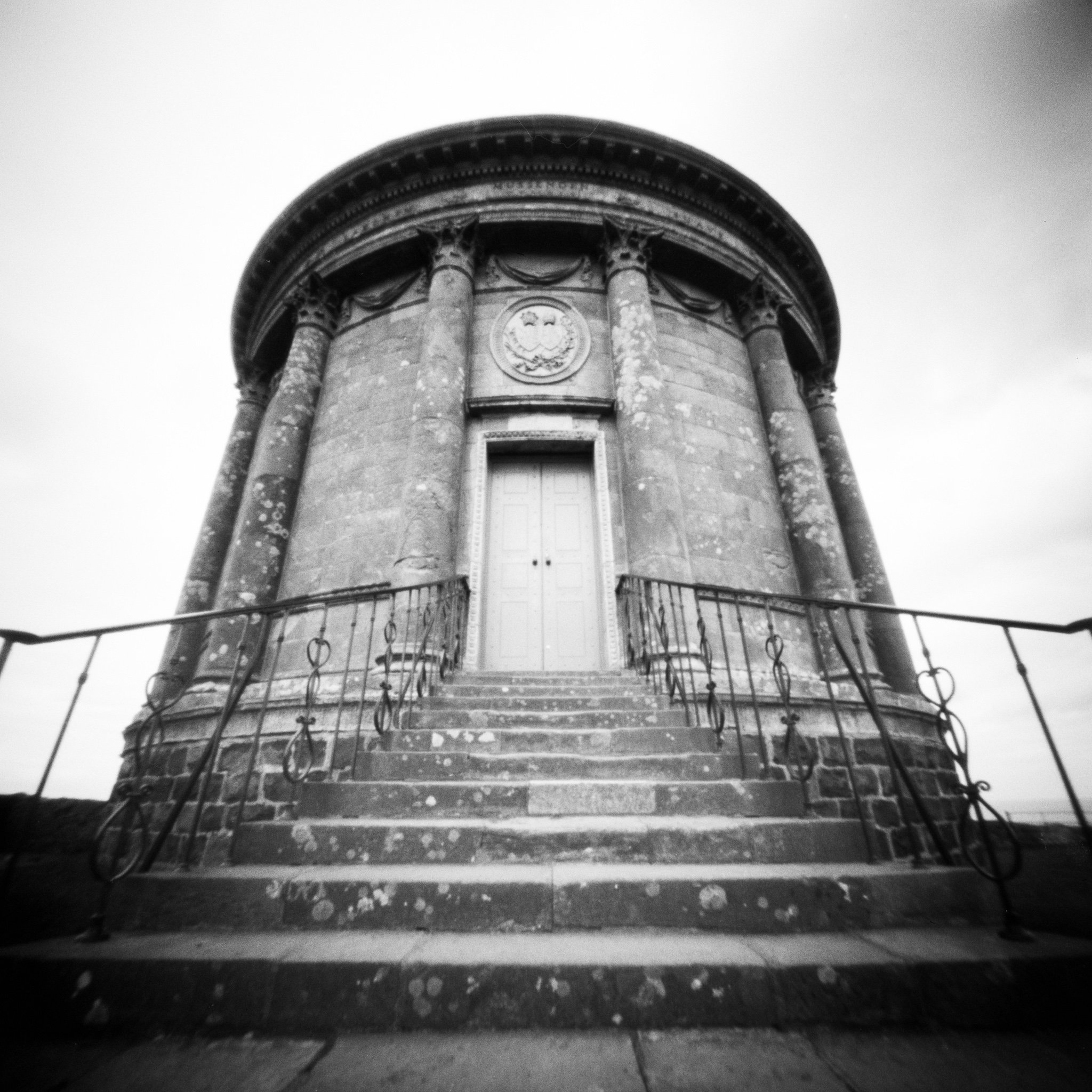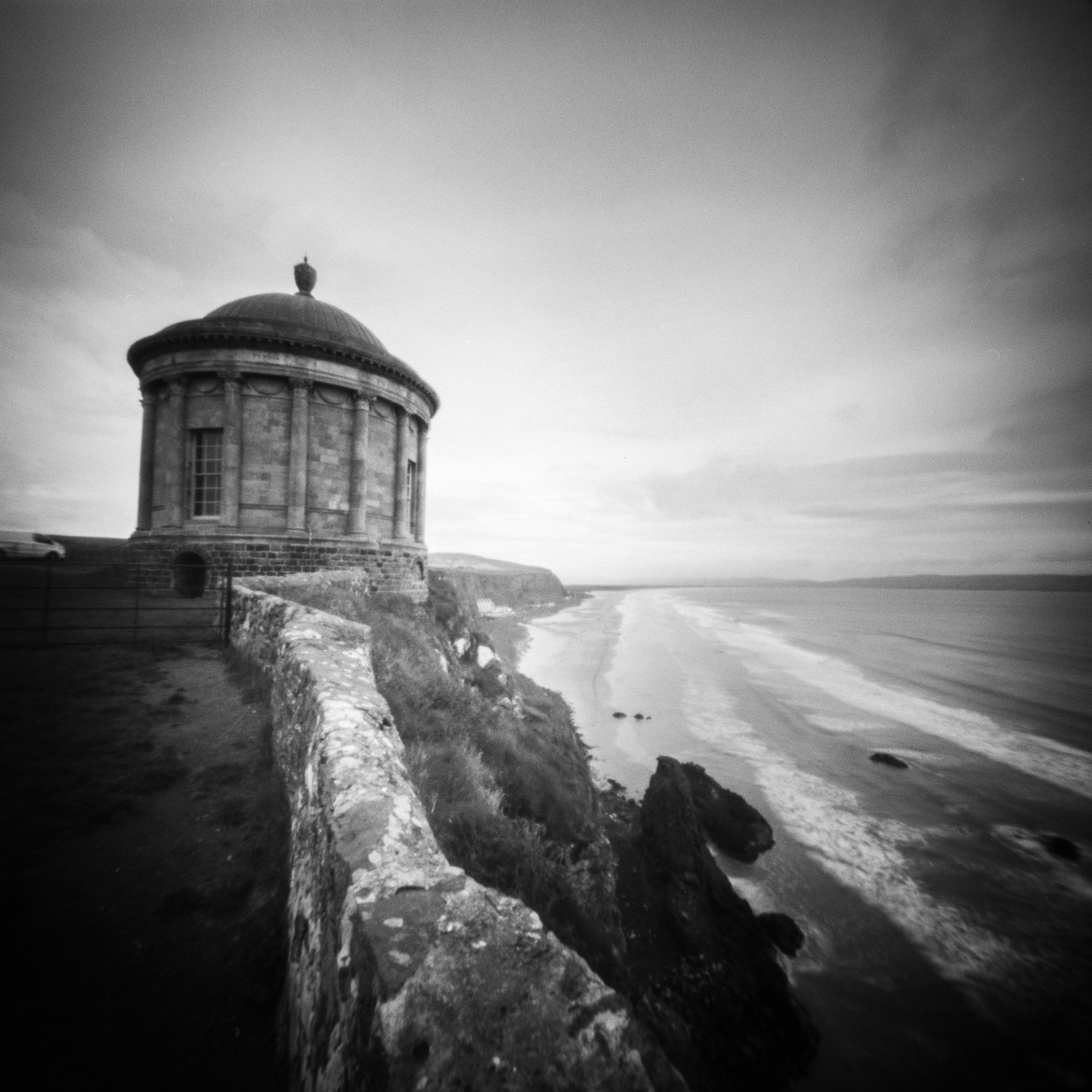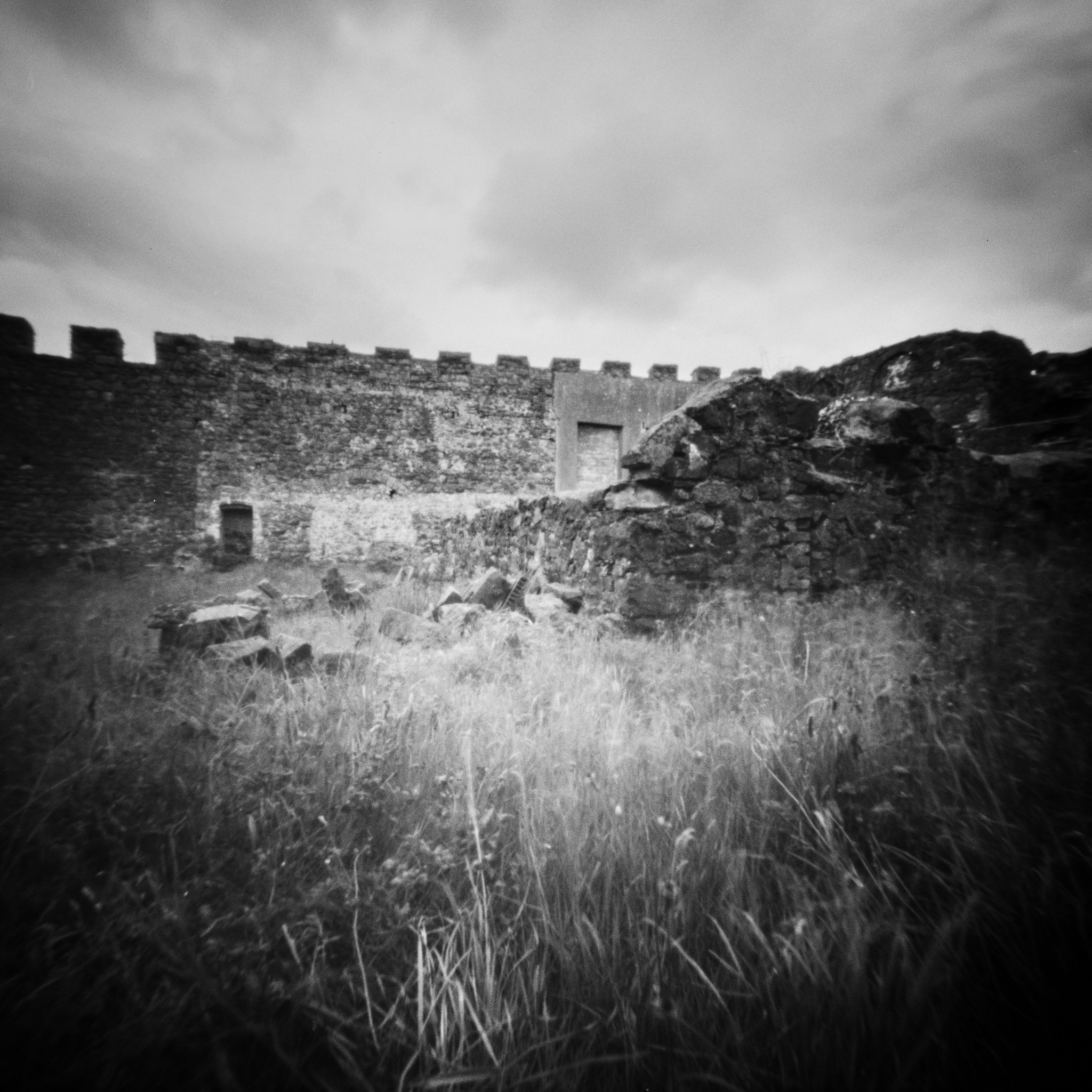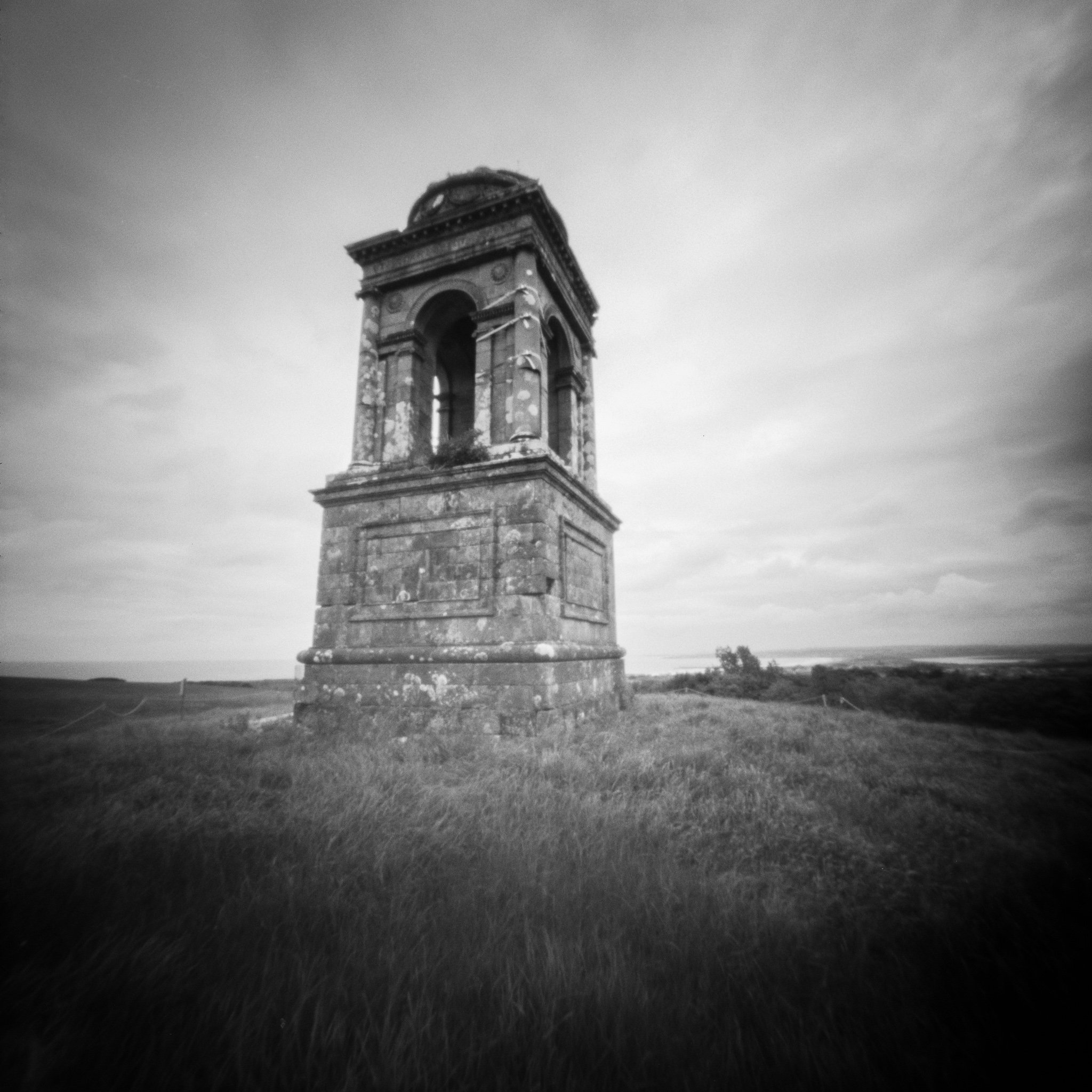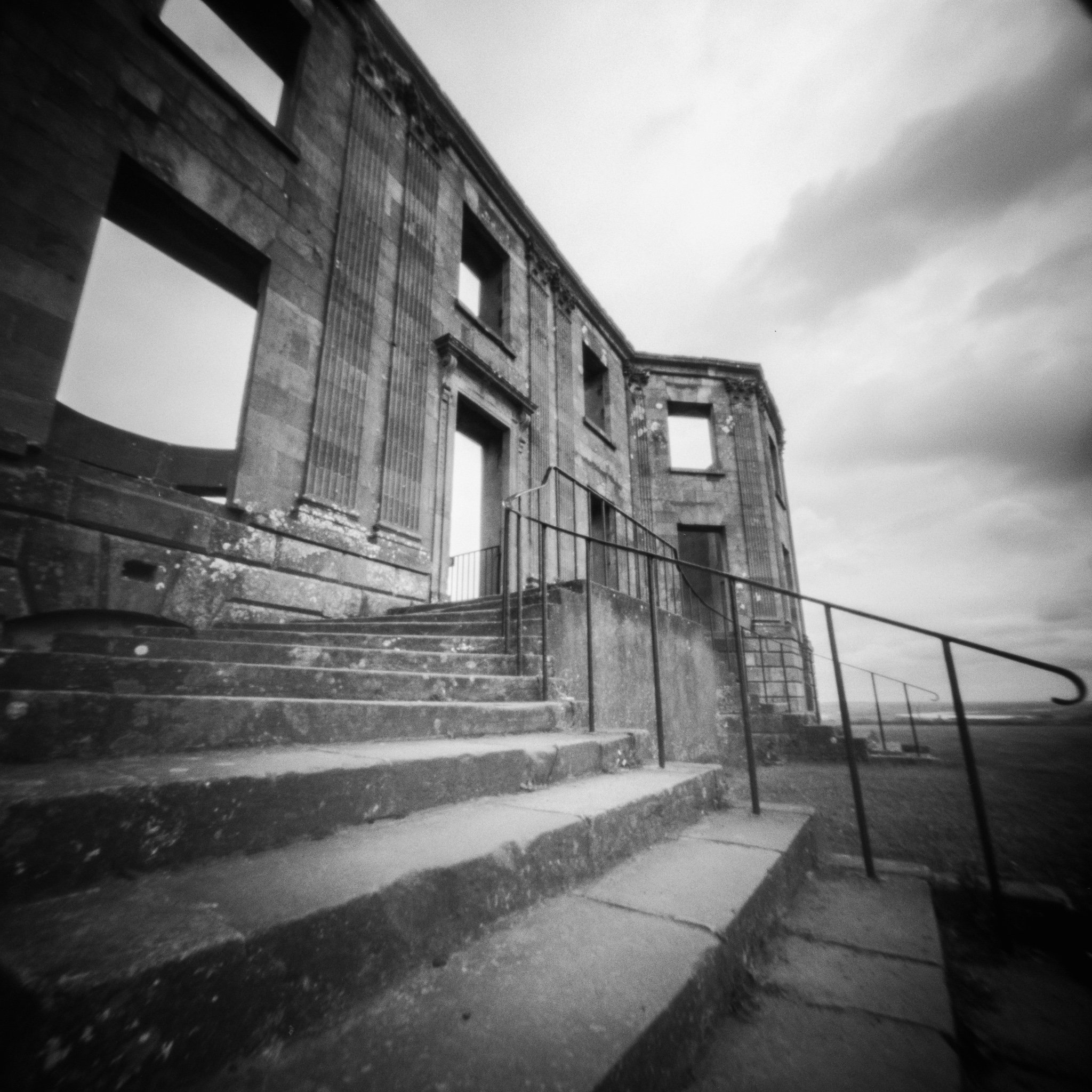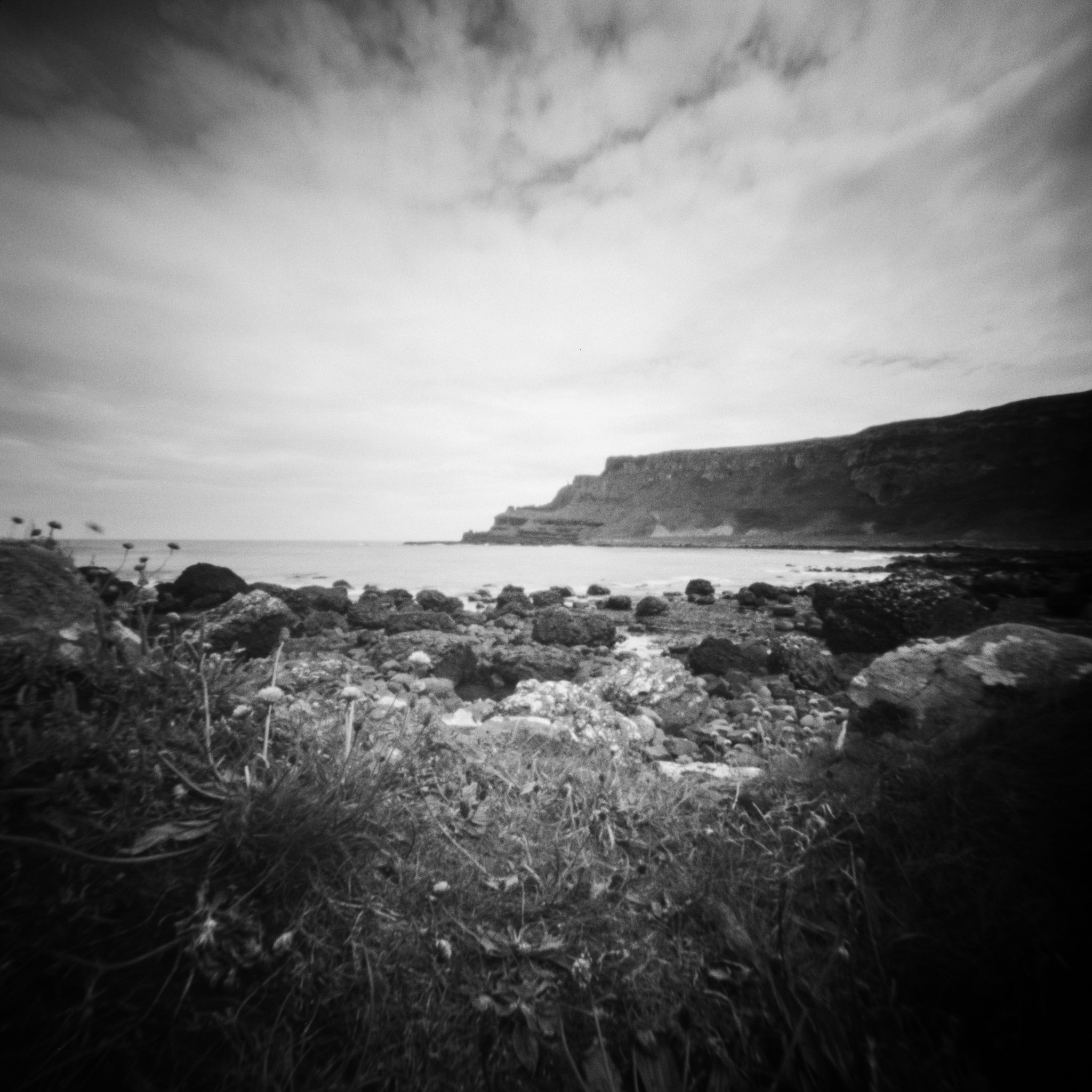Back in April I spent a day in London with two of my pinhole cameras, foraging for interesting imagery which would work in this slow genre of photography.
Click on any of the photos to seem them enlarged.
One of my early stops was St Mary at Hill Church, in the City, whose dramatic lines suited the wide angle view of my 6x6 camera.
From there I strolled down to the River to capture some of the movement in the water with both my 6x6 and large format pinhole cameras.
One of the joys of pinhole photography is the way it captures periods of time, rather than just fractions of a second. This shows best in photos which have some movement, especially water. This was the only excuse I needed to hop on one of the clipper boats on the River and take a ride down to Greenwich.
I got off the clipper at Greenwich and took a stroll around the Old Royal Naval College. The architecture has so many possibilities, and I only just scratched the surface - I’ll definitely need to come back another day.
Another large format image - the wide angle field of view makes the building seem to stretch for miles!
On the boat back to central London I had another try at some action pinhole photography with my large format camera, as we passed Canary Wharf. I’d like to claim I timed this perfectly to catch the buildings beneath the canopy of the boat, but it was complete luck!
Exploring Tower Bridge
Further along the south bank of the River Thames, the area around City Hall offered all sorts of interesting lines which suit the wide view of a pinhole camera.
Eventually my feet began to ache so I took the bus back to Liverpool Street - taking a photo en-route, naturally!
Finally, a selection of images from around the area behind Liverpool Street Station.
Photos taken 28 April 2022











































